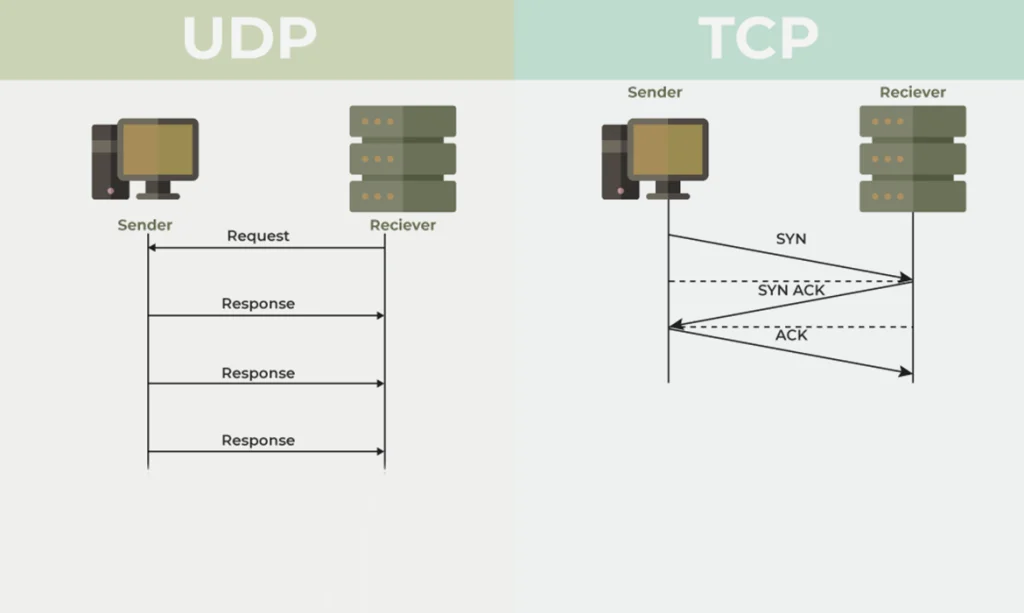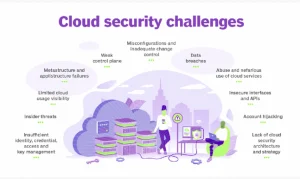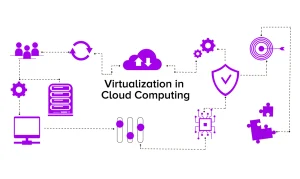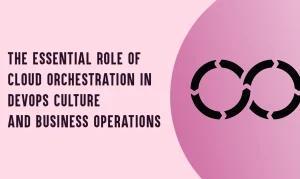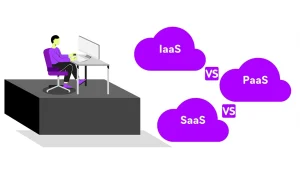End-to-end communication is provided via the transport layer protocols TCP and UDP. However, TCP relies on established connections while UDP does not.
Can you explain what TCP is?
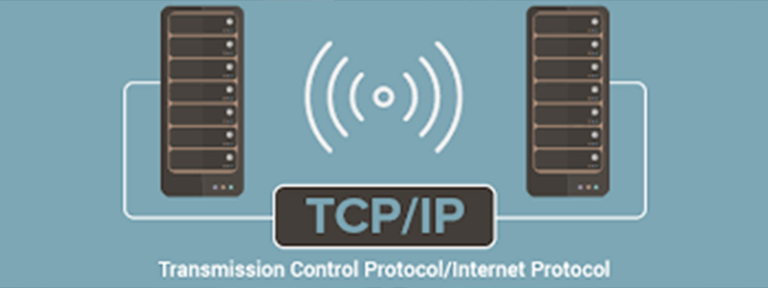
TCP stands for Transmission Control Protocol and is used in the TCP/IP paradigm as a transport layer protocol. It’s a protocol that prioritises connections over anything else. So, the first thing the protocol does is set up a link between the origin and the target.
On top of that, communication between the origin and the destination begins via this route. TCP uses a three-way handshake mechanism. It also helps in managing congestion, errors, and flow. Thus, the TCP is quite trustworthy. With TCP, you can rest assured that all of your data will arrive at its destination in the sequence in which it was delivered. If data is not received in the correct format, TCP will send it out again. TCP transmits data using a sliding window. It aids in the identification of transmission acknowledgement. Additionally, it will immediately resend any data that was not successfully received.
Protocol for Internet Communication (TCP) port addressing and multiplexing functions affect how higher-layer applications operate. Information from different processes is multiplexed at a higher layer. In addition, it utilises the underlying network layer protocol to transmit the multiplexed data.
Linking, controlling, and severing associations:
In order for two devices on different networks to establish a connection, each must follow a set of protocols. This link allows information to be sent from one device to another. The TCP protocol then oversees the connection’s maintenance. At the conclusion of the session, the protocol closes the connection.
Organizing and processing information:
After receiving data from higher-level protocols, the TCP protocol encapsulates it in a message and transmits it to the receiving TCP application. The data is unpacked by software on the destination computer and sent to the receiving programme.
Data transmission
Using the layering approach, the packed data is sent to the TCP process on the other devices.
Delivering Services with High Reliability and Transmission Quality:
Services provided by TCP allow applications to trust the protocol as a secure means of data transfer.
Features for regulating traffic and avoiding bottlenecks:
- Congestion is managed by the protocol as it regulates the data flow between the two devices.
- Transport Control Protocols
- HTTP (Hypertext Transfer Protocol)
- HTTPS (Hypertext Transfer Protocol Secure)
- Protocols for transferring files and emails, such as FTP and SMTP, are examples.
So, what exactly is UDP?
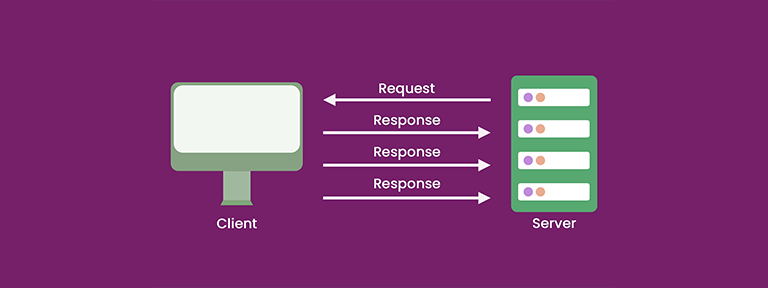
UDP, or User Datagram Protocol, operates at the transport layer of the TCP/IP model and is a connectionless protocol. It doesn’t make contact or see if the remote machine is prepared to receive data. The protocol only transmits the information to the receiving machine.
In contrast to TCP, however, data transfer rates are increased. The protocol is not as trustworthy as other options. As a result, it is put to use in the transfer of media files like movies and music. Neither data delivery nor retransmission of missing packets is guaranteed by UDP. It’s basically a protocol around which the programme can more easily access the IP.
Services provided by UDP:
One of a UDP’s primary functions is to include data from higher-layer protocols into UDP packets. Afterward, the IP receives these communications and sends them along. The procedure for sending data is broken down into the following steps.
Transmitting Information at a Higher Layer:
An application initiates communication with the UDP server by sending the message to it.
Encapsulation of UDP Messages:
In the data field of the packet, the message is hidden. We append the UDP message’s headers, which include the source port field and the destination port field, as well as the message’s overall size. The checksum is likewise calculated using this method.
Email to IP Message Transfer
When the UDP message is ready, it is handed off to the IP. Bootstrap (BOOTP), Dynamic Host Configuration Protocol (DHCP), Domain Name Server (DNS), Trivial File Transfer Protocol (TFTP), etc. are all examples of UDP protocols.
Distinctive Features TCP and UDP:
The key difference between TCP and UDP is that TCP is connection-oriented while UDP is not. TCP’s requirement for a sender’s acknowledgement makes it a reliable protocol for sending data of value. Moreover, it resends any dropped packets. In contrast, if a packet is lost when using UDP, it will not ask to be resent, and the receiving machine will instead get bad data. To sum up, UDP is an unstable protocol.
Compared to UDP, TCP is slower because it must first establish a connection before sending data and then check that each packet has been delivered successfully. However, UDP does not confirm that the data it sends has been received.
Compared to TCP, UDP’s 8-byte header is rather little. Since the TCP header includes the choices, padding, checksum, flags, data offset, acknowledgement number, sequence number, source and destination ports, etc., the TCP header size is 20 bytes. Though both TCP and UDP do error checking, only TCP, with its congestion and flow management features, can actually fix the error after it’s been discovered.
Wrapping Up
To sum up, TCP and UDP are two contrasting transport layer protocols in computer networking. TCP places a premium on reliability and ordered data delivery, incorporating error-checking and retransmission mechanisms, making it well-suited for applications where data accuracy and completeness are non-negotiable. In contrast, UDP prioritizes speed and efficiency, functioning as a connectionless protocol with minimal overhead, a preferred choice for real-time applications that can tolerate occasional data loss. The selection between TCP and UDP hinges on the specific requirements of the application, striking a balance between reliability and swiftness.


